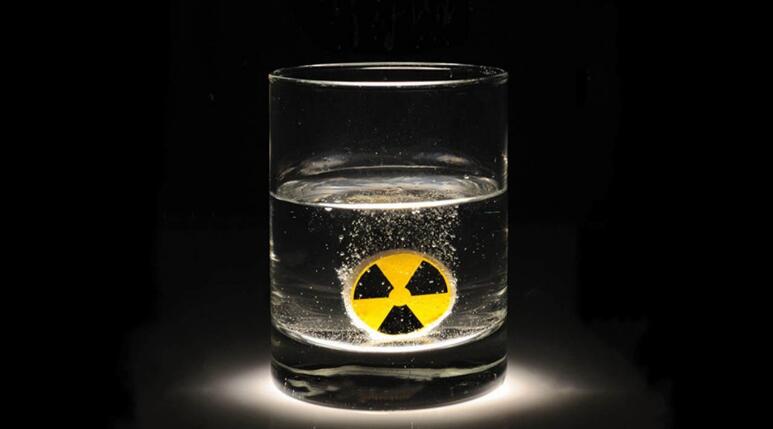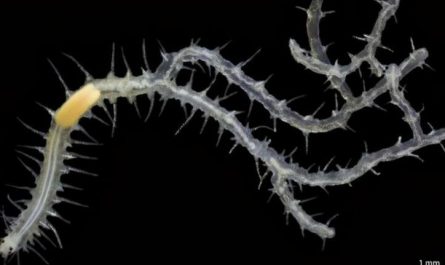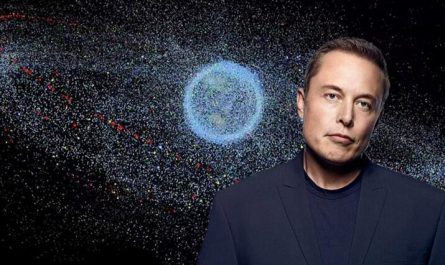In spite of the opposition of neighboring countries, Japan insisted on dumping more than 1.2 million tons of nuclear waste water into the Pacific Ocean. The reason is that the waste water has been “cleaned up” after cleaning. The radioactive tritium inside is also very cute and harmless, and it can be used to drink. I don’t know if they drink it, but someone really suggested that they drink it all. So, will the water become safe after being drunk again?
In order to promote tritium’s “non-toxic and harmless”, Japan specially designed a very cartoon image “Tritium Lord” for it, and claimed that “I am safe.” So, is tritium safe or not?
“Mr. Tritium” for promotion
In fact, many people have seen tritium-not in nuclear power plants, but in our watches. I remember that when I graduated from high school, my parents bought me a luminous watch. After putting it under the light for a while, the fluorescence of the hands and scales could last for about half an hour in the dark. The dials of many watches now stay bright all night because of the tritium added to the phosphor.
There is tritium in the luminous watch
There are three isotopes of hydrogen, namely protium, deuterium and tritium. There are two neutrons in the nucleus of tritium, which makes this nuclide unstable. One of the neutrons will become a proton, making tritium another valuable element, helium-3. Tritium is in the process of decay. It will release an electron (beta particle) and a neutrino outside, and the phosphor of the luminous watch is excited by this electron to emit light.
The beta decay of tritium releases very little energy, and the electrons it releases are not fast, and the penetrating power is very weak. It can only run a distance of 6 mm in the air, not only cannot pass through a piece of ordinary printing paper, but also cannot penetrate. The dead skin on the surface of our skin. Tritium is safe in watches, so some people advertise that tritium is safe.
Tritium decay will release electrons
But if tritium is taken into the body, it is two different things. The water molecule with this nuclide is called tritiated water (HTO), and the biological half-life of HTO in the human body is only 7 to 14 days, which is many times faster than the 12-year half-life of nuclide tritium. When HTO decays after entering the cell with the metabolic process, the electrons released by it have the opportunity to enter and destroy the DNA molecular chain, thereby causing cell degeneration.
Now you know, even the “gentle tritium monarch” promoted by some people, once it enters the cell and decays, it will also show its hideous appearance, and its lethality is no less than that of the dangerous uranium-235.
What’s more, tritium is not the only radionuclide in the nuclear waste water that Japan will discharge. When the Fukushima nuclear power plant reactor melted down, the internal pipeline was destroyed, causing the surrounding groundwater to continuously seep into the reactor core, with a daily seepage rate of up to 150 tons. This is why the Fukushima nuclear waste water continues to increase.
Nuclear wastewater is harmful
Unlike the cooling water discharged from normal nuclear power plants, the water that penetrates into the core of the reactor carries all dozens of radioactive materials produced by nuclear fission in the process of contact with nuclear materials. In addition to tritium, which is difficult to remove, the nuclear waste water contained in iron tanks also contains the radionuclide carbon-14 and so on. These things can also cause serious damage when they enter the organism.
We cannot do without water. On average, water in an adult’s body accounts for about 65% of body weight, of which about two-thirds is intracellular fluid, and the other third is responsible for the transportation of nutrients and metabolites outside the cell. We drink a certain amount of water every day, and some of the water will be ingested through food; at the same time, we will evaporate almost the same amount of water through urine and skin, and the water maintains a certain dynamic balance in the body.
Japan promotes that tritium is “harmless” and it’s okay to drink it
If someone drinks water containing radioactive substances, all of these radioactive substances will not be absorbed by him. Except for a small part of it decays, most of them will be excreted and returned to nature. As far as radioactive materials are concerned, the human body is not a filter. Drinking water is always excreted, discharged into the sewer, and eventually into the ocean, harming all mankind.
Don’t the Japanese know this truth? They certainly know that in the “Tritium is Harmless” propaganda poster, they have clearly marked the circulation path of tritium in the human body and the ocean, but they have selectively ignored the effects of tritium and other radioactive substances in the body. Hurt, and this kind of damage is just huge and long-term.
Nuclear matter will circulate in nature for a long time
Those who say that Fukushima nuclear sewage can be drunk, they are very smart, they don’t know how to drink radioactive waste water. At the same time, we should also understand that even if they drink all the 1.2 million tons of water, it does not mean that this kind of thing will be filtered by them and become safer from then on.






